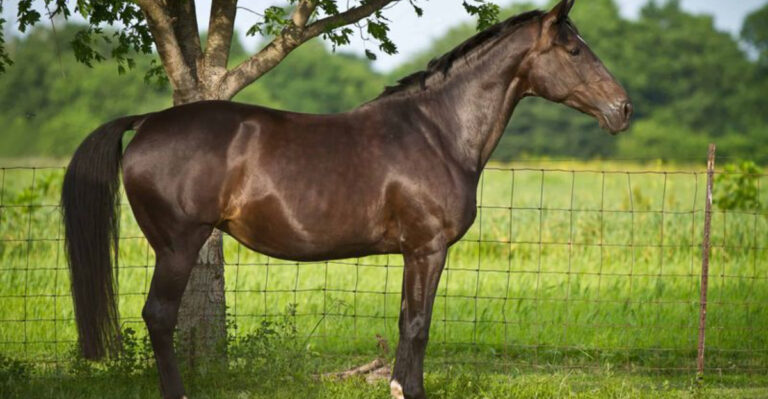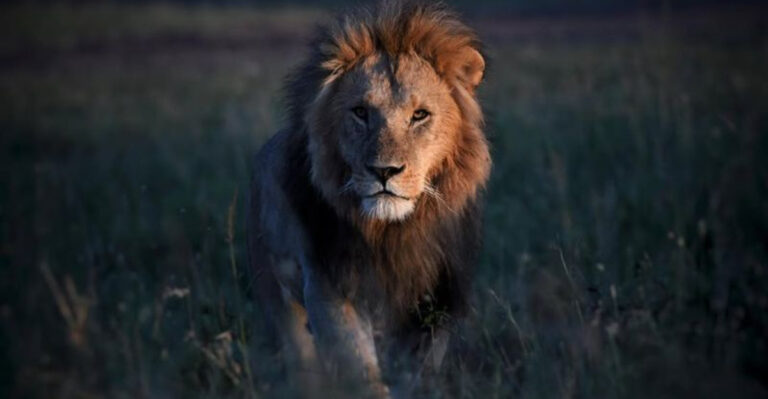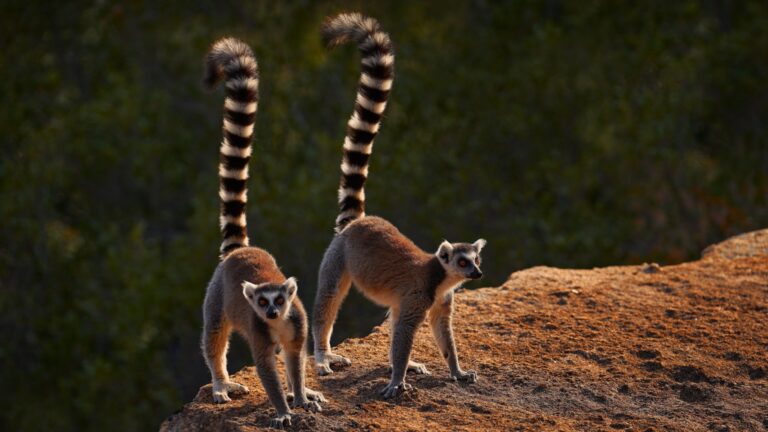14 Lethal Creatures In The U.S. That Could Ruin Your Hike
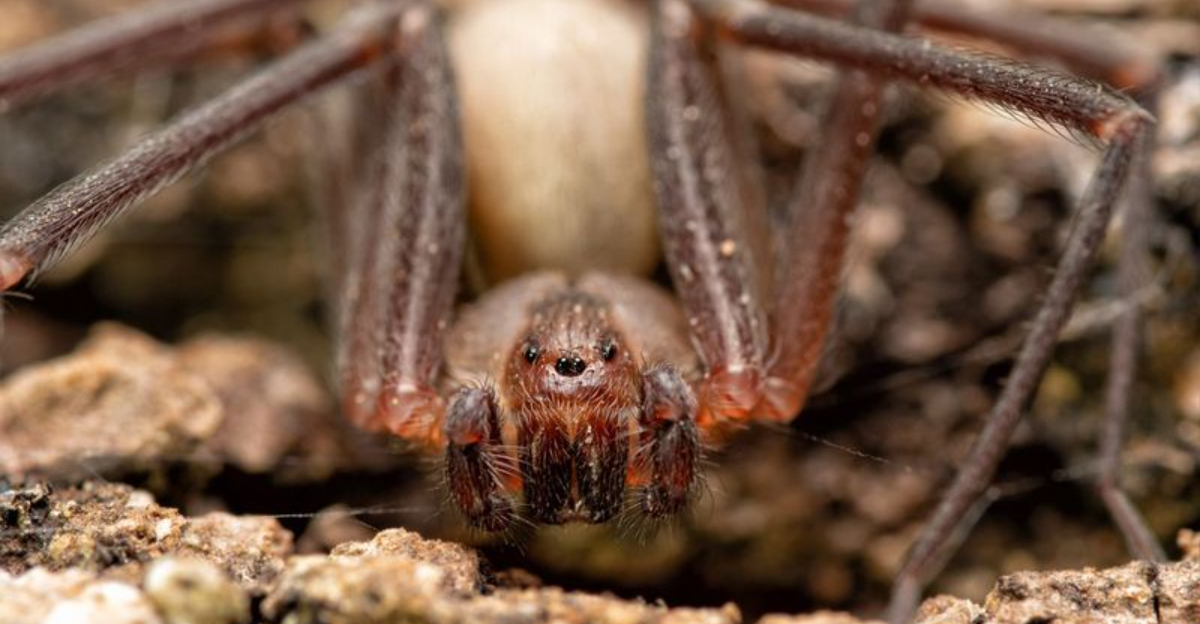
Hiking through America’s breathtaking wilderness offers unforgettable adventures, but it also means sharing trails with some seriously dangerous creatures. From venomous reptiles to massive mammals, these animals demand respect and awareness.
Before lacing up your boots for your next outdoor expedition, familiarize yourself with these potentially lethal creatures that could transform your peaceful nature walk into a survival situation.
1. Rattlesnakes
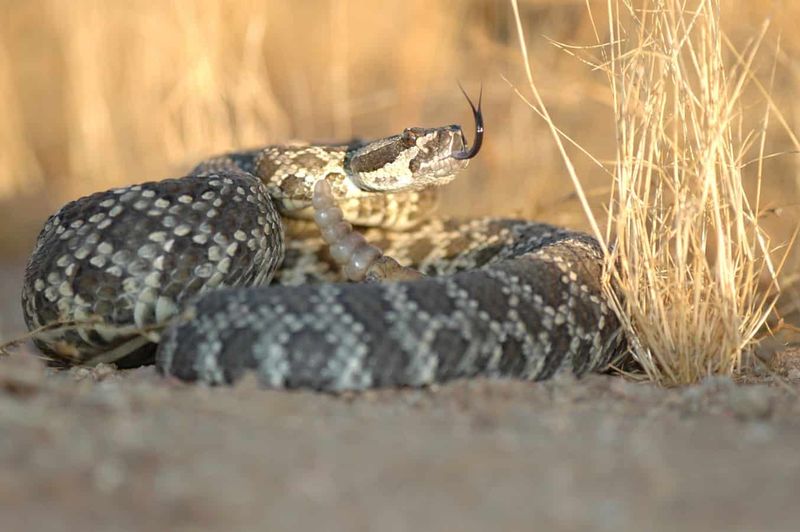
Rattlesnakes strike fear into hikers across America with their distinctive warning rattle and potent venom. These pit vipers can deliver a bite that causes tissue damage, intense pain, and in rare cases, death.
Always watch your step on rocky trails and carry a hiking stick to probe areas ahead. If bitten, stay calm, immobilize the affected limb, and seek medical help immediately – never try to suck out the venom.
2. American Black Bears
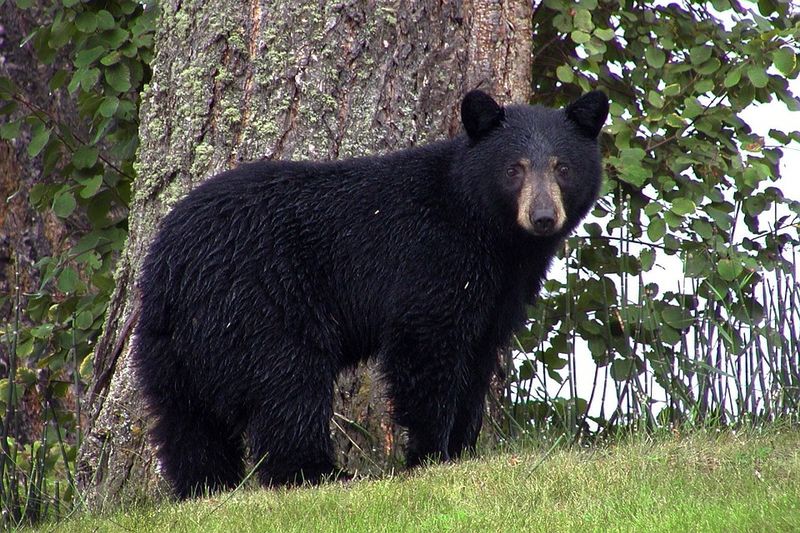
Don’t let their name fool you – black bears can actually be brown, cinnamon, or even white! While generally shy, they become dangerous when startled or protecting cubs. Make noise while hiking to avoid surprise encounters.
If you spot one, speak calmly, back away slowly, and never run. Standing your ground and appearing large often convinces them you’re not worth the trouble.
3. Mountain Lions
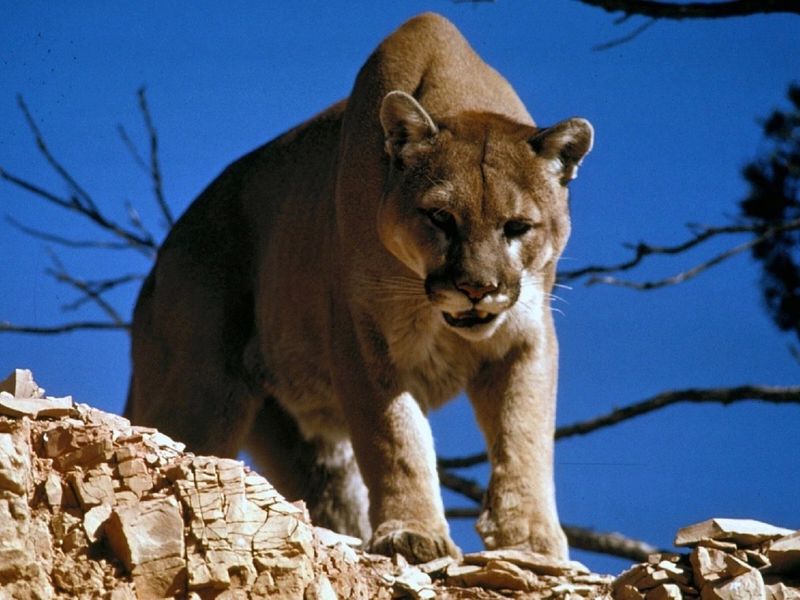
Silent stalkers of the wilderness, mountain lions rarely attack humans but remain formidable predators. Their powerful build and stealth make them particularly dangerous when hungry or protecting territory.
Hike with companions and keep children close. If confronted, maintain eye contact, make yourself appear larger, and fight back aggressively if attacked. Never turn your back or run, as this triggers their chase instinct.
4. Alligators

Ancient predators lurking in southern waterways, alligators can exceed 13 feet and sprint surprisingly fast on land. Their powerful jaws deliver crushing bites that can be fatal. Keep a safe distance (at least 30 feet) from any water body in alligator country.
Dawn and dusk bring increased activity, so time your hikes accordingly. If charged, run in a straight line – their burst speed doesn’t last long.
5. Brown Recluse Spiders

Violin-shaped markings on their backs make brown recluse spiders identifiable, though you’ll rarely spot these shy arachnids before it’s too late. Their venom causes necrotic lesions that destroy surrounding tissue.
Shake out shoes, clothing and sleeping bags before use. Wear gloves when gathering firewood or moving rocks. Bites often go unnoticed initially, so watch for a bulls-eye pattern developing around any unexplained skin irritation.
6. Black Widow Spiders
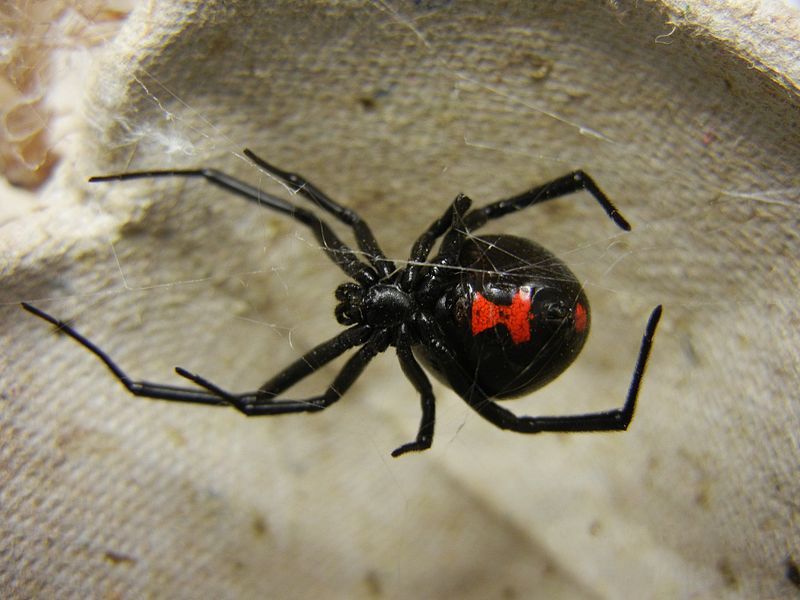
Glossy black bodies adorned with red hourglass markings make black widows instantly recognizable. Found throughout the U.S., these spiders pack neurotoxic venom that causes intense pain and muscle cramping.
They prefer dark, undisturbed spaces like hollow logs and rock piles. Wear gloves when reaching into crevices and inspect camping gear thoroughly. Their webs appear messy and irregular – a telltale sign to keep your distance.
7. Scorpions
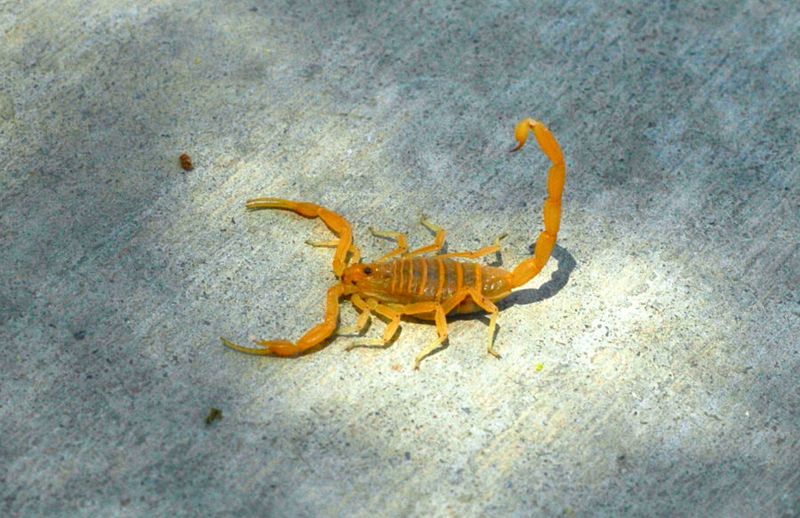
Glowing neon under UV light, scorpions present a painful surprise for desert hikers. The bark scorpion, America’s most venomous species, delivers stings causing extreme pain, numbness, and difficulty breathing.
Always shake out boots before wearing and check sleeping bags thoroughly. At night, use a blacklight to spot their fluorescent exoskeletons. Apply pressure to stings and seek medical attention if symptoms worsen, especially for children and elderly.
8. Ticks
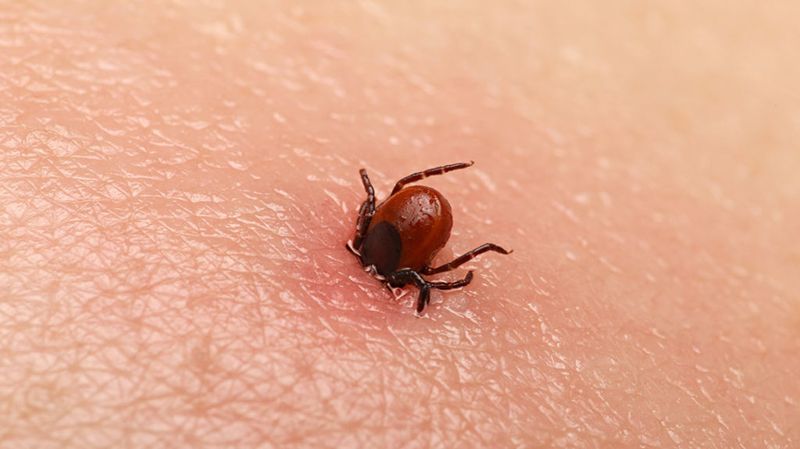
Tiny terrors lurking in grass and underbrush, ticks transmit serious diseases like Lyme, Rocky Mountain spotted fever, and tularemia. Their sneaky bites often go unnoticed until symptoms develop days later. Wear long pants tucked into socks and apply repellent containing DEET.
Perform thorough tick checks after hiking, paying special attention to warm, dark areas of your body. Remove attached ticks promptly with fine-tipped tweezers, grasping close to the skin.
9. Bison
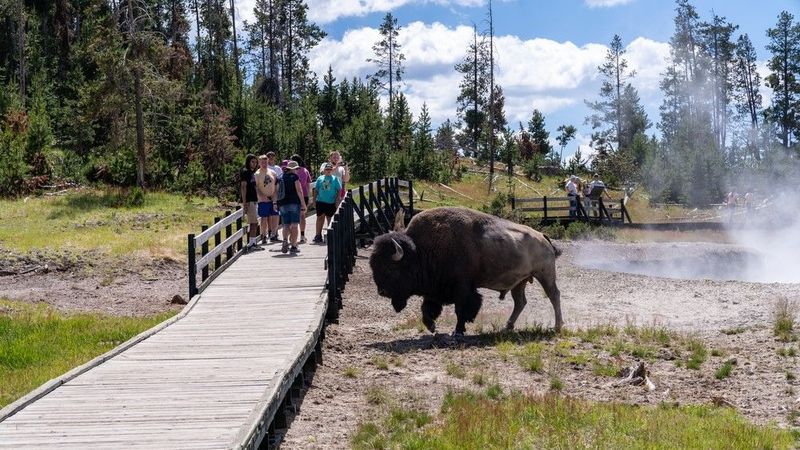
America’s largest land mammals might seem docile, but bison injure more Yellowstone visitors than any other animal. Weighing up to 2,000 pounds with surprising speed, they’re unpredictable and territorial.
Maintain at least 25 yards distance – that perfect photo isn’t worth your life. Watch for warning signs like raised tails, pawing the ground, or snorting. If one approaches, move behind a tree or vehicle immediately.
10. Wolves
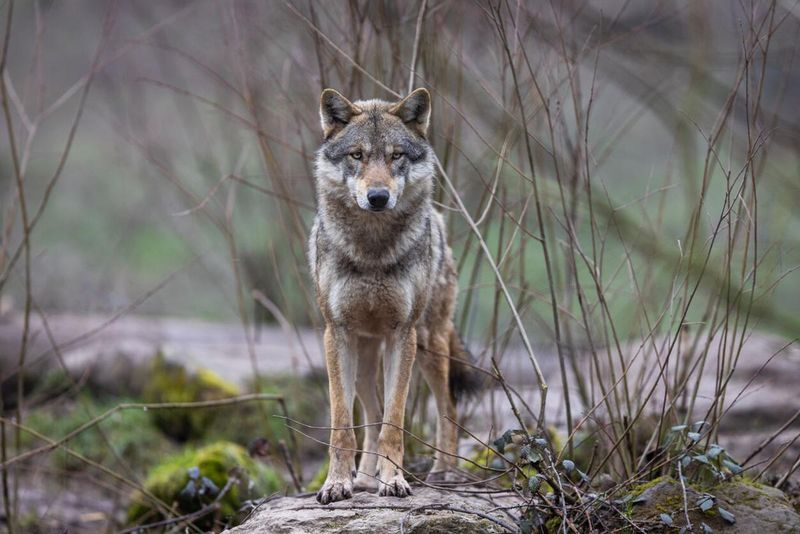
Majestic but misunderstood, wolves rarely attack humans despite their fearsome reputation. Still, wild packs defending territory or food sources present genuine danger to hikers in remote areas. Travel in groups and keep pets leashed in wolf country.
If approached, stand tall, make noise, and slowly back away. Wolf attacks almost never happen to groups of three or more people, so find hiking buddies when exploring their territory.
11. Coyotes
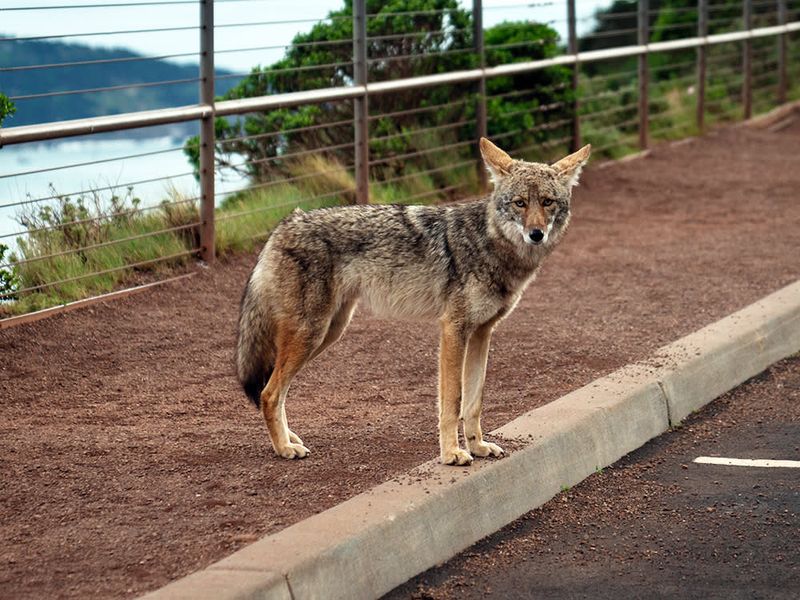
Adaptable opportunists found across North America, coyotes generally avoid humans but grow bold when fed or habituated. Urban-edge hiking trails often harbor coyotes that have lost their natural fear.
Keep food secured and never feed wildlife. If approached, make yourself big, throw objects near (not at) them, and make loud noises. Attacks are rare but increasing as humans expand into their territory.
12. Alligator Lizard
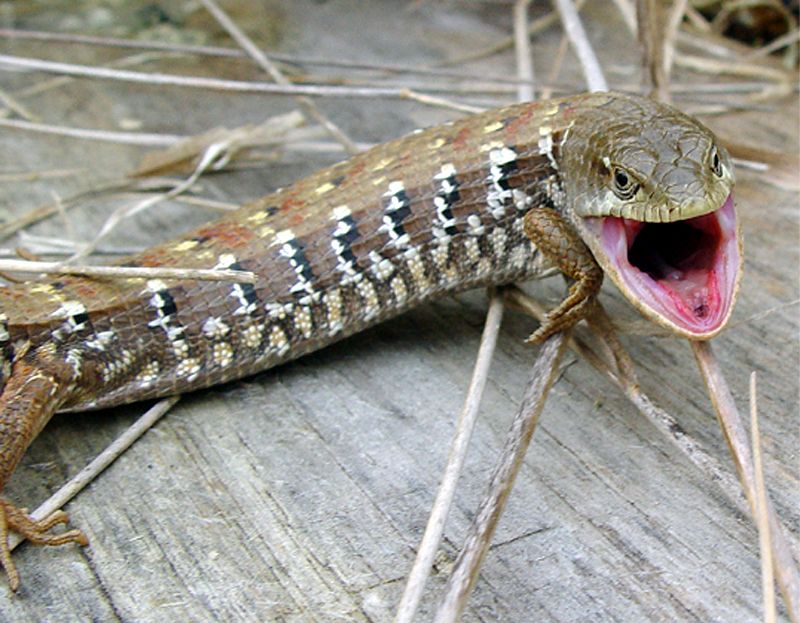
Resembling miniature dragons with sharp teeth and powerful jaws, alligator lizards deliver surprisingly painful bites when threatened. Their tendency to hang onto victims makes encounters particularly unpleasant.
Found primarily in western states, these reptiles hide under rocks and logs. Leave them undisturbed if spotted, as their bites rarely cause serious medical issues but can ruin your hike with pain and potential infection.
13. Fire Ants

Seemingly innocent mounds conceal colonies of aggressive fire ants ready to swarm anything disturbing their nest. Each ant can sting repeatedly, injecting alkaloid venom that creates burning blisters.
Watch for dome-shaped mounds in open areas throughout the southern states. If swarmed, brush ants off quickly rather than crushing them, which triggers more stinging. People with allergies should carry emergency medication, as reactions can be severe.
14. Gila Monsters

Orange-pink and black beaded skin makes the Gila monster unmistakable – America’s only venomous lizard. Native to southwestern deserts, these slow-moving reptiles deliver excruciating bites that rarely kill but cause extreme pain.
Unlike snakes, they hang on after biting, grinding venom deeper. If encountered, simply keep your distance – they move too slowly to chase you. Their bright coloration serves as nature’s warning sign to admire from afar.


